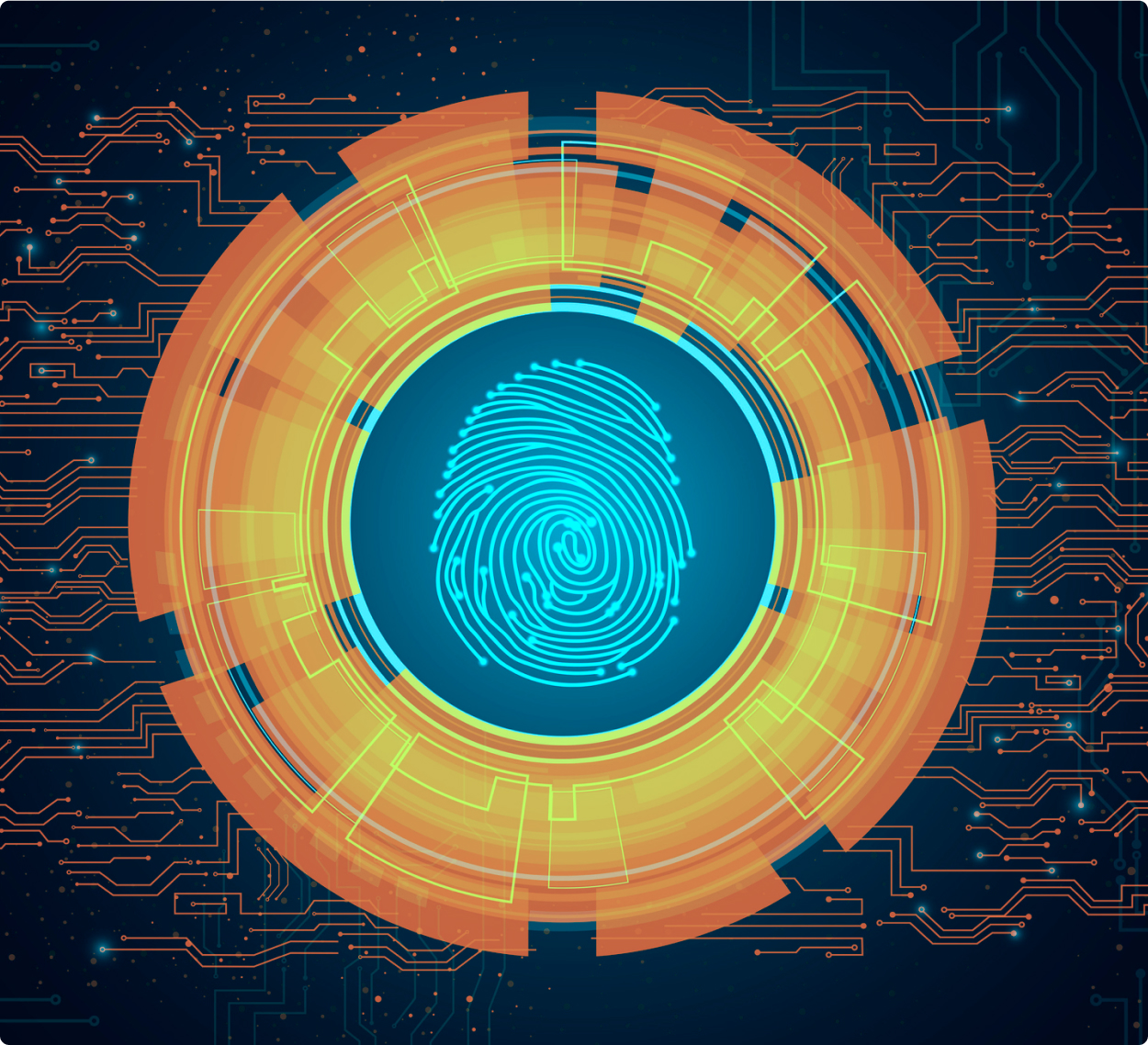

9 Critical Items to Have on Your CMMC Compliance Checklist
The time to get serious about your Cybersecurity Maturity Model Certification is here. Complying with the CMMC is not an option, it’s a requirement for any company that wants to do business with the Department of Defense (DoD).
Even businesses that have no interest in doing business with the DoD can benefit from reflecting upon the CMMC model and determining whether they have areas of their security that they need to shore up.
Let’s take a look at what it takes to get CMMC compliance and how to start taking the next steps toward cybersecurity maturity.
What is the CMMC?
The CMMC is a tiered system that rates an organization’s cybersecurity posture on a scale of 1-3, with 3 being the highest. The higher the score, the more mature an organization’s cybersecurity practices are. But that doesn’t mean every organization needs to achieve Level 3. Organizations that only deal with non-private, unprotected DoD information, for instance, may only need Level 2 or even just Level 1.
In order to achieve certification, businesses must first go through an assessment by a DoD-approved third-party assessor. Once the business understands which level they need to be certified at, it can begin working on implementing the appropriate controls. So, the CMMC process is fairly flexible in terms of approvals, but it’s very rigorous in terms of the actual standards.
There are nine critical items that you should have on your CMMC checklist. This is not an exhaustive list, but it covers the basics.
1. Physical Security
One of the first things you need to do is make sure your physical security is up to par. This includes things like making sure your data center is properly secured, as well as ensuring that all devices that connect to your network are physically secure. Many organizations entirely forget about physical security. In fact, some companies that have moved to the cloud have no idea where their physical data is.
2. Access Control
You need to have strict controls in place for who can access your network and data. This includes both internal and external users. Make sure you have an authentication system in place, as well as a way to track and monitor user activity. A zero-trust security system is generally the preferred system.
3. Data Classification
You need to have a clear understanding of what data you have and how it needs to be protected. This includes classifying data based on sensitivity and developing policies and procedures for how that data should be handled.
4. Asset Management
You need to know what assets you have and where they are at all times. This includes everything from hardware and software to information and data. You need to be able to track and monitor your assets, as well as ensure that only authorized personnel have access to them.
5. Configuration Management
Additionally, you need to have a system in place for managing and tracking changes to your configurations. This includes both hardware and software configurations. You need to be able to roll back changes if necessary, as well as track who made what changes and when.
6. Contingency Planning
You need to have a plan in place for what to do in the event of an incident or disaster. This includes things like data backup and recovery, as well as business continuity plans. You need to make sure your plan is well-documented and that all personnel are aware of it. Someone needs to be responsible for all critical tasks.
7. Incident Response
You need to have a plan in place for how you will handle incidents. This includes things like identifying and containment, as well as notification and recovery. You need to make sure your plan is well-documented and that all personnel are aware of it.
8. Media Protection
You need to have controls in place for the physical protection of media. This includes things like storage, handling, and disposal. Make sure you have a plan in place for how you will protect media, as well as how you will dispose of it when it is no longer needed.
9. Security Awareness and Training
You need to provide security awareness and training to all personnel. This should include things like what the security policies are, as well as how to spot and report incidents. Make sure you have a plan in place for how you will provide security awareness and training, as well as how often it will be provided.
The CMMC process is designed to be flexible, due to its tiers. Businesses can tailor their compliance efforts to their specific needs. However, there are some key things that all businesses need to do in order to ensure compliance.
The Steps to Take to Achieve CMMC Compliance
Achieving CMMC compliance is a long-term prospect. You should start now if you want to assess your maturity and identify gaps. When you’re audited for CMMC compliance, you will be given notes on improvements. You won’t be able to achieve CMMC compliance until you’ve addressed all the issues.
-
Assess your current state of compliance. Often, it’s easier to have a third party auditor such as a security consulting firm do this.
-
Develop a plan for how to achieve compliance. Again, a consulting service will be able to help you develop your plan without disruption.
-
Implement the controls necessary for compliance. These may not be correct the first time.
-
Test and validate your controls. A third party will analyze your systems and determine where you fall short.
-
Monitor and maintain your compliance. Compliance is ongoing and must be maintained. There will be a regular CMMC audit.
The CMMC process is not something that can be achieved overnight; that’s why it needs to begin as soon as possible. It requires a commitment from businesses to make the necessary changes and ensure that they are adhering to the controls put in place. By taking the steps to achieve CMMC compliance, businesses can protect their data and networks, as well as improve their chances of winning contracts with the Department of Defense and related entities.
Get Better Access Control through Axiad
Axiad provides advanced access control and identity management solutions that can help businesses in a variety of industries achieve CMMC compliance.
Our solutions are designed to meet the strictest security requirements, and our team of experts can help you tailor a solution that meets your specific needs.
Contact us today to learn more about how we can help you achieve CMMC compliance… or try out a free 30-day trial.





